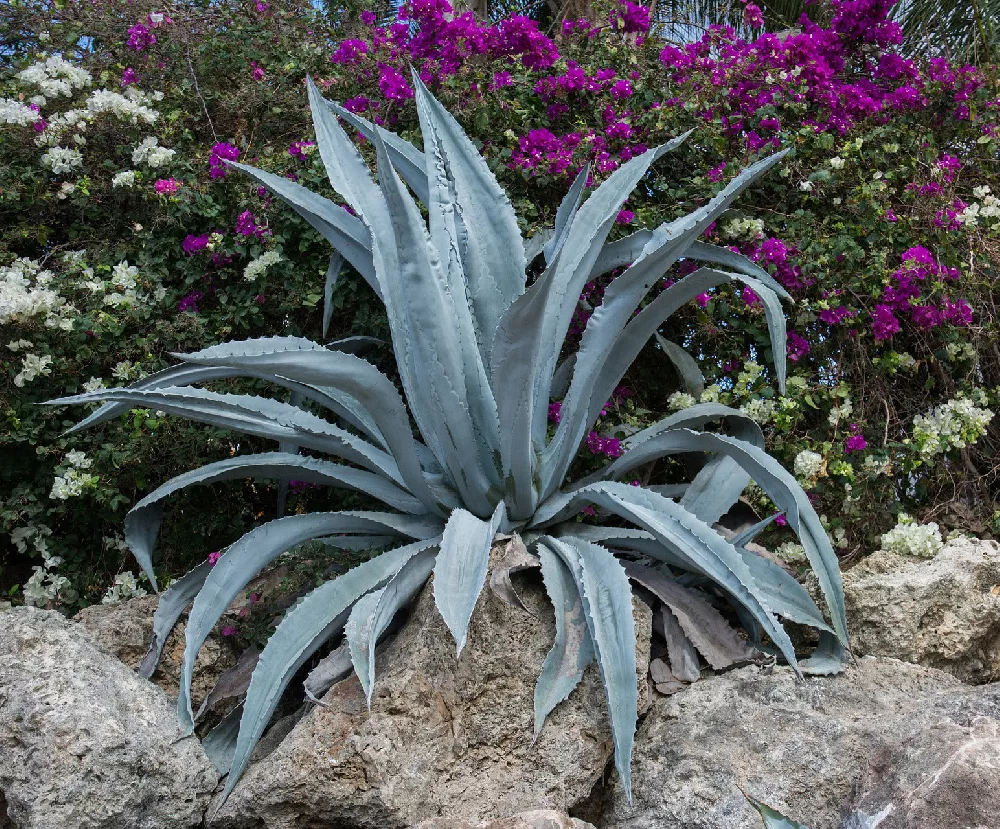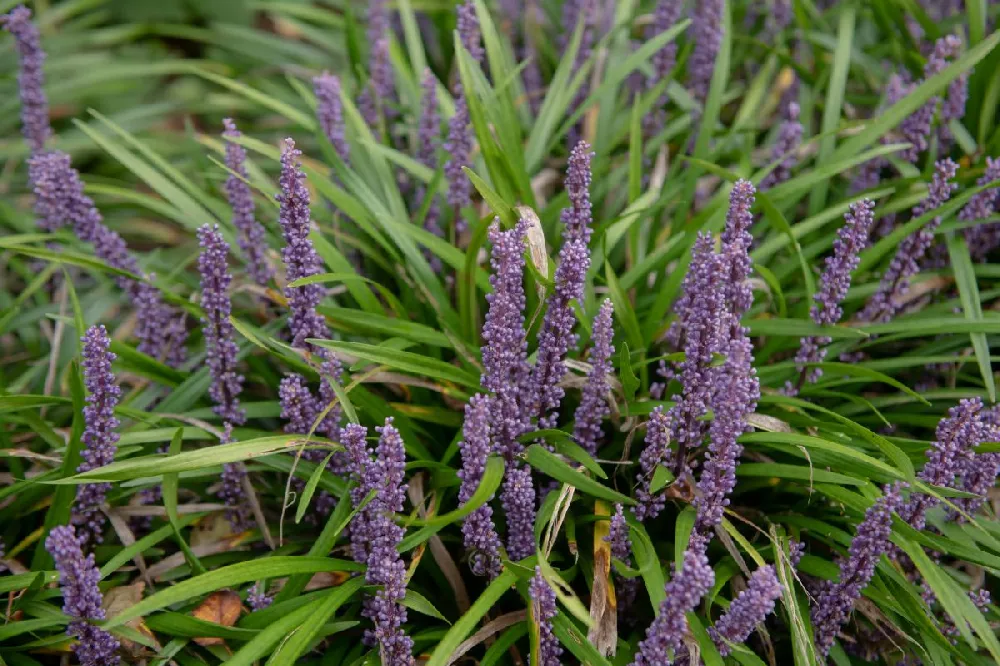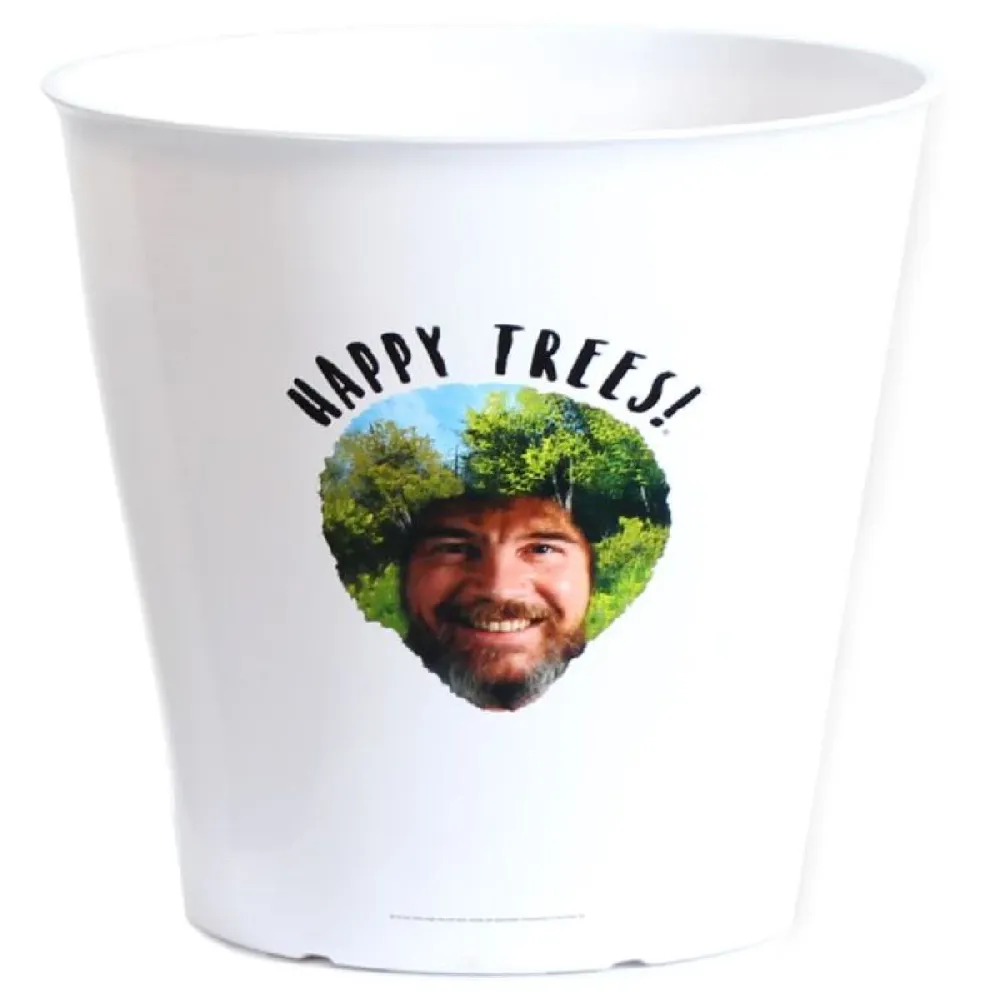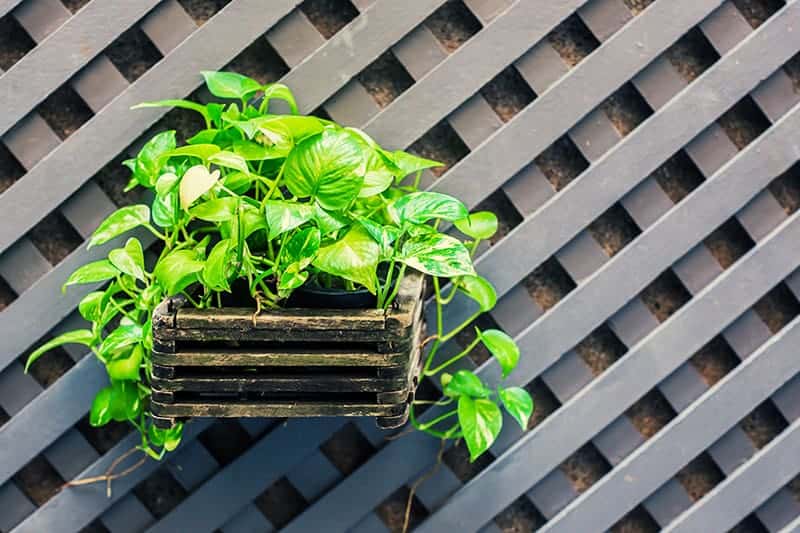- Home >
- Plants
Plants for Sale - Buying & Growing Guide
Filters
Price Range
Growing Zones
Plant Type
Flower Color
Sunlight
Mature Height
Plant Characteristics
148 Results
-
Growing Zone(s): 4-11 patio / 8-11 outdoors$88.95
$114.95Save up to 22% -
Growing Zone(s): 3-11 / Indoors$88.95
$114.95Save up to 22% -
Growing Zone(s): 2,3,4,5,6,7,8,9,10,11,12$31.95
$33.95Save up to 5% -
Growing Zone(s): 3-9$34.95
$36.95Save up to 5% -
Growing Zone(s): 6-11$23.95
$34.95Save up to 31% -
Growing Zone(s): 3-11 / 10-11$61.95
$64.95Save up to 4% -
Growing Zone(s): 3-9$39.95
$57.95Save up to 31% -
Growing Zone(s): 2,3,4,5,6,7,8,9,10,11,12$5.95
-
Growing Zone(s): 4-9$34.95
$52.95Save up to 33% -
Growing Zone(s): 4-8$36.95
-
Growing Zone(s): 3-11 / 7-9$56.95
$64.95Save up to 12% -
Growing Zone(s): 3-11 / Indoors$54.95
Plants – Buying & Growing Guide
There are countless plant species that can enrich your landscape or boost the appeal of your favorite indoor spaces. Start by reading here to learn about some of the best indoor and outdoor plants.
Types of Plants
| Type | Growing Zones | Mature Height | Sun | Features |
| Japanese maple, Acer palmatum | 5-8 | 10-25 feet | Full sun to part shade: 4-8 hours | Reddish foliage for most of the year, interesting leaf shape |
| Ann magnolia, Magnolia ‘Ann’ | 4-8 | 10-12 feet | Full sun to part shade: 4-8 hours | Large purple flowers, manageable size |
| Blue spruce,
Picea pungens |
2-7 | 30-60 feet | Full sun: 6-8 hours | Perfect cone shape, surprisingly vibrant needles |
| Oakleaf hydrangea, Hydrangea quercifolia | 5-9 | 5-7 feet | Full sun to part shade: 4-8 hours | Unique leaf shape, large flower panicles, decent fall color |
| Forsythia, Forsythia x intermedia | 5-8 | 8-10 feet | Full sun: 6-8 hours | Bright yellow, early spring flower, fast-growing |
| Camellia, Camellia japonica | 8-10 | 6-12 feet | Shade to part shade: 2-5 hours | Large rose-like flowers, glossy leaves |
| Bougainvillea, Bougainvillea | 9-11 | 20-30 feet | Full sun: 6-8 hours | Copious amounts of vibrant flowers |
| English ivy, Hedera helix | 4-9 | 40-60 feet | Shade to part shade: 2-4 hours | Trident-shaped leaves, often with variegation |
| Cast-iron plant, Aspidistra elatior | 8-10 | 2-3 feet | Shade to part shade: 4 hours or less | Reliable indoor plant with long rounded leaves |
| Snake plant, Sansevieria trifasciata | 10-11 | 4-6 feet | Shade to part shade: 4 hours or less | Upright leaves with elongated stripes |
Planting Tips
You should know that plants come in a multitude of forms and that each variety should receive a different amount of water and sunlight. Each plant species will also have a specific preference for soil moisture and acidity. If you hope to grow healthy plants, it is your responsibility to meet all of those needs during your planting process.
After you are done planting, you’ll need to take care of some ongoing plant maintenance. Normally, this will consist of seasonal pruning and regular fertilization. As was the case for growing requirements, each plant species will have distinct pruning and fertilization needs.
How to Grow Plants
- When. In outdoor settings, it is best to plant in early spring. Those who grow indoor plants will have the chance to plant their favorite species at nearly any time of year.
- Where. The best place to plant is in an area that meets all the needs of the plant you own. You should also anticipate the future growth of your plant by planting it in an area that has plenty of space nearby.
- How. What’s most important during planting is that you dig a plant hole that is as deep as your plant’s root ball is tall. The planting hole width should be at least double the width of the plant.
How to Care for Plants
- Watering. Plants need the most water just after you plant them. After about one to two seasons, your plants will be established and will need less water.
- Nutrients. Along with water and sunlight, soil nutrients play a primary role in the success of your plants. Each plant will have a specific preference, but, in general, areas with nutrient-rich soil are where they should grow.
- Pruning. Most plants should be pruned at least once per year. When you do, remove any parts that are diseased or damaged.
- Pollination. Many coniferous plants use wind pollination, while flowering plants typically need pollinating insects or birds. Some flowering plants will have male and female flowers, and others will have only one or the other.
- Harvesting. There are countless plants that produce a harvest of fruit that you can enjoy. Find those species, then study their seasonal growth tendencies to learn when to harvest.















